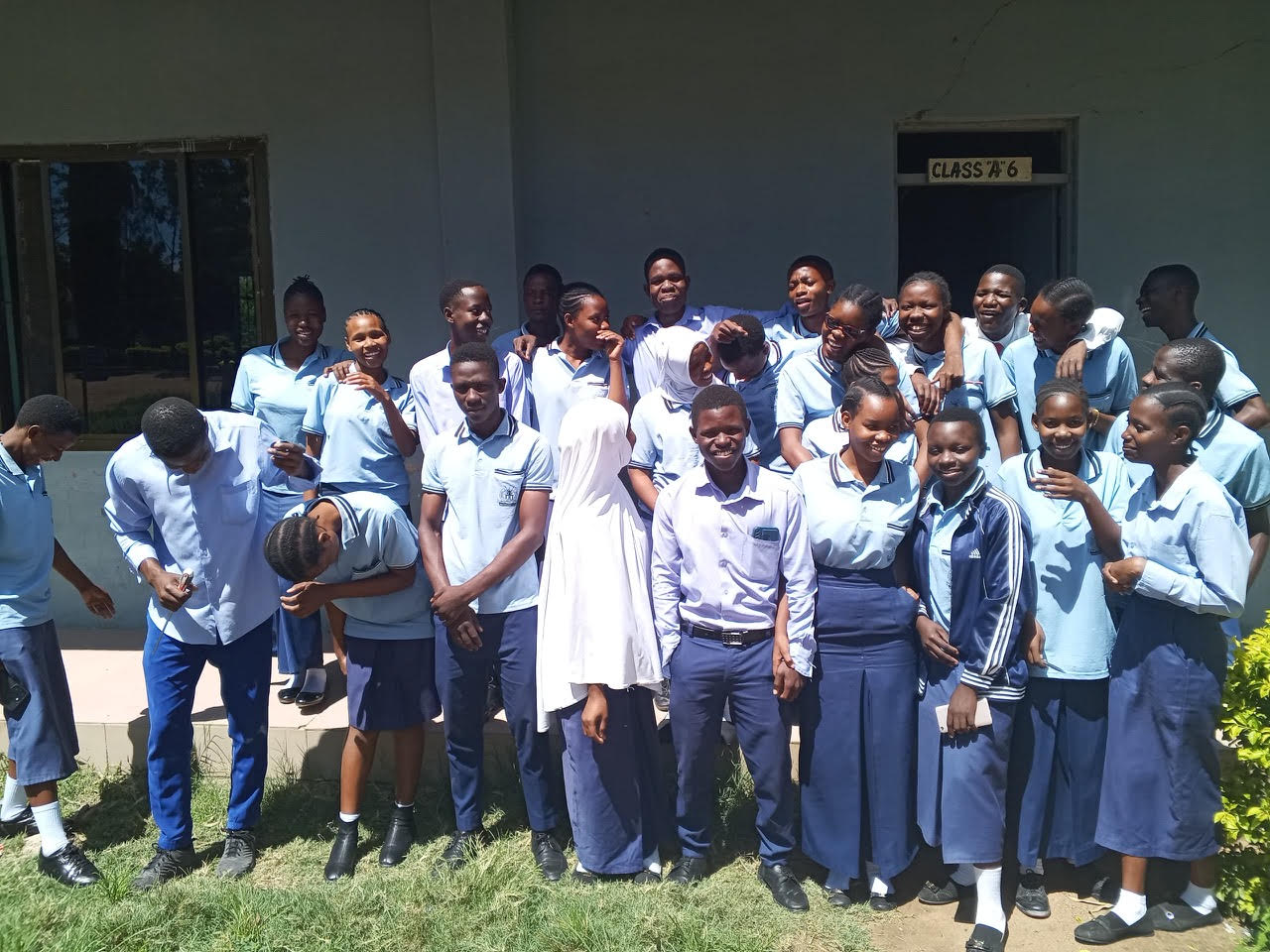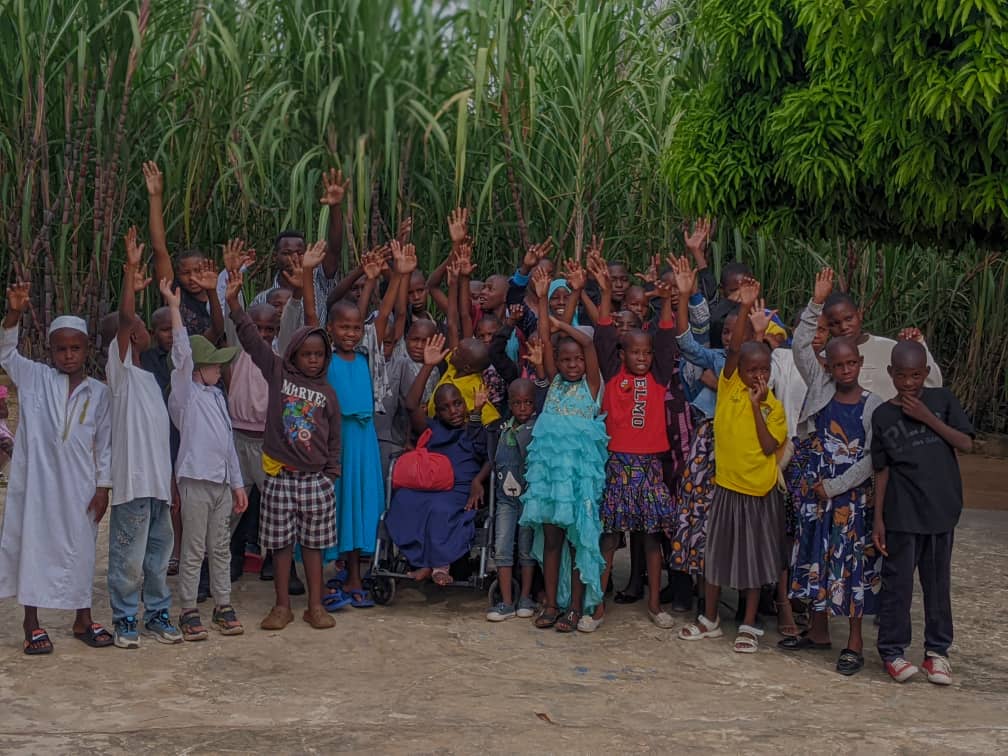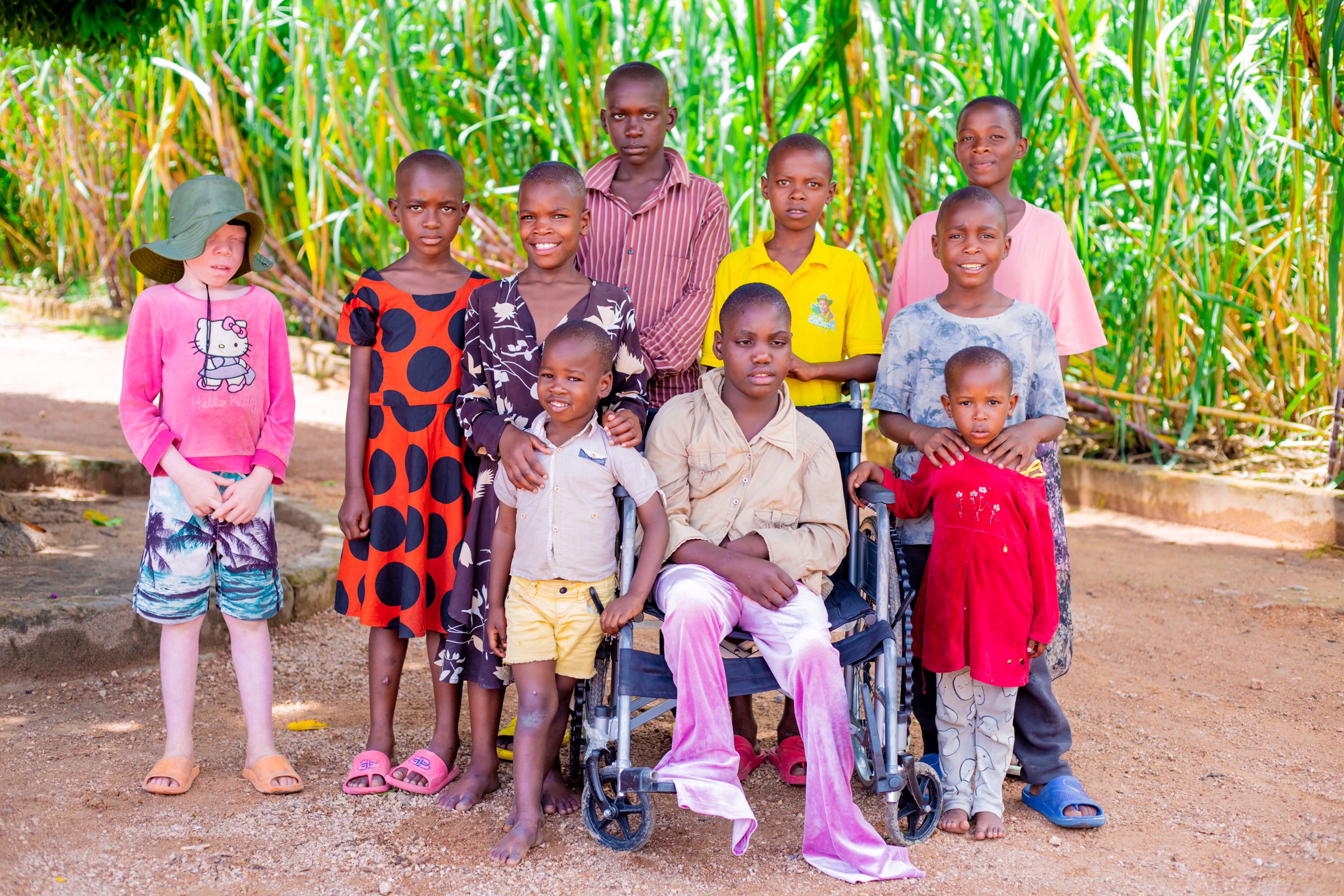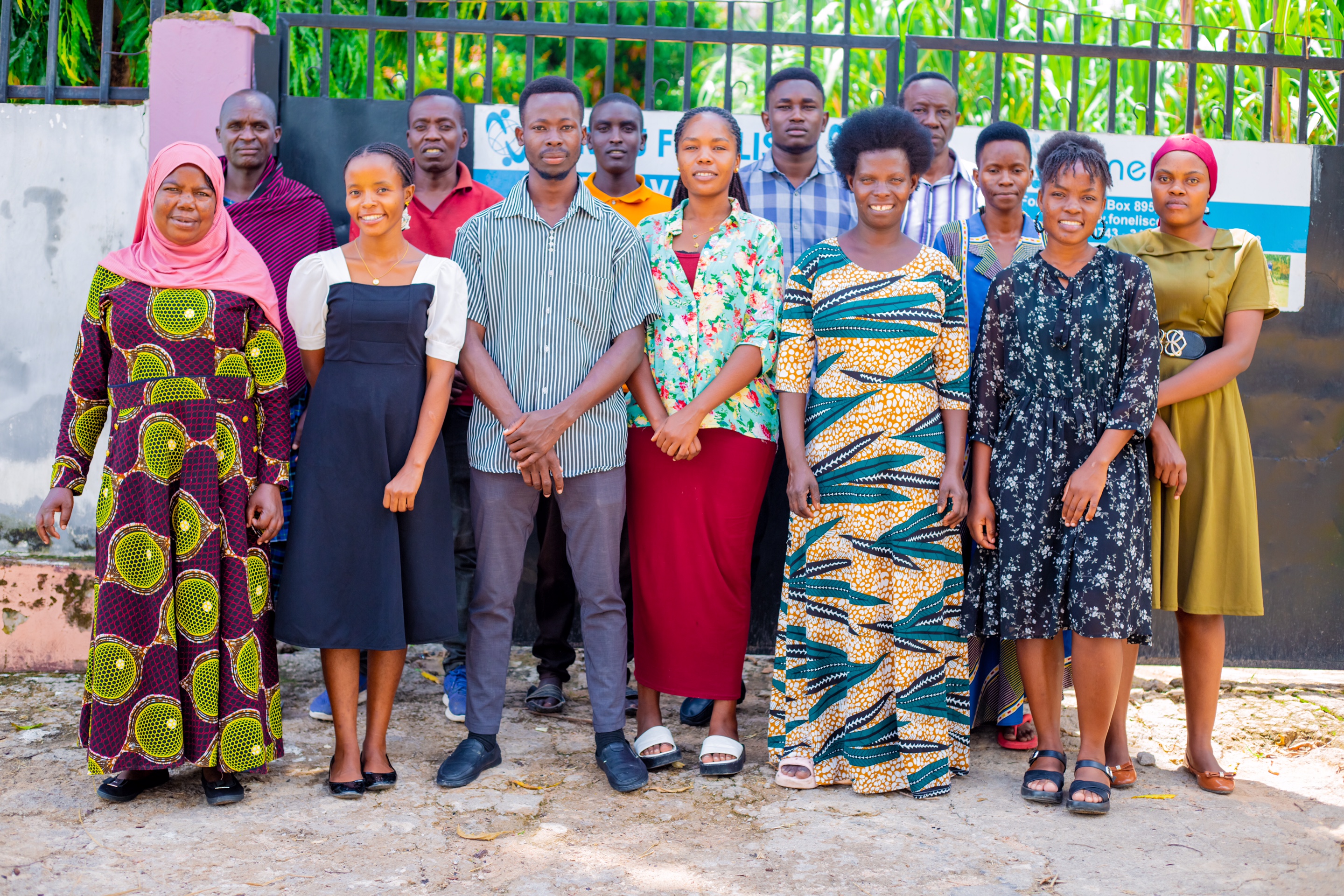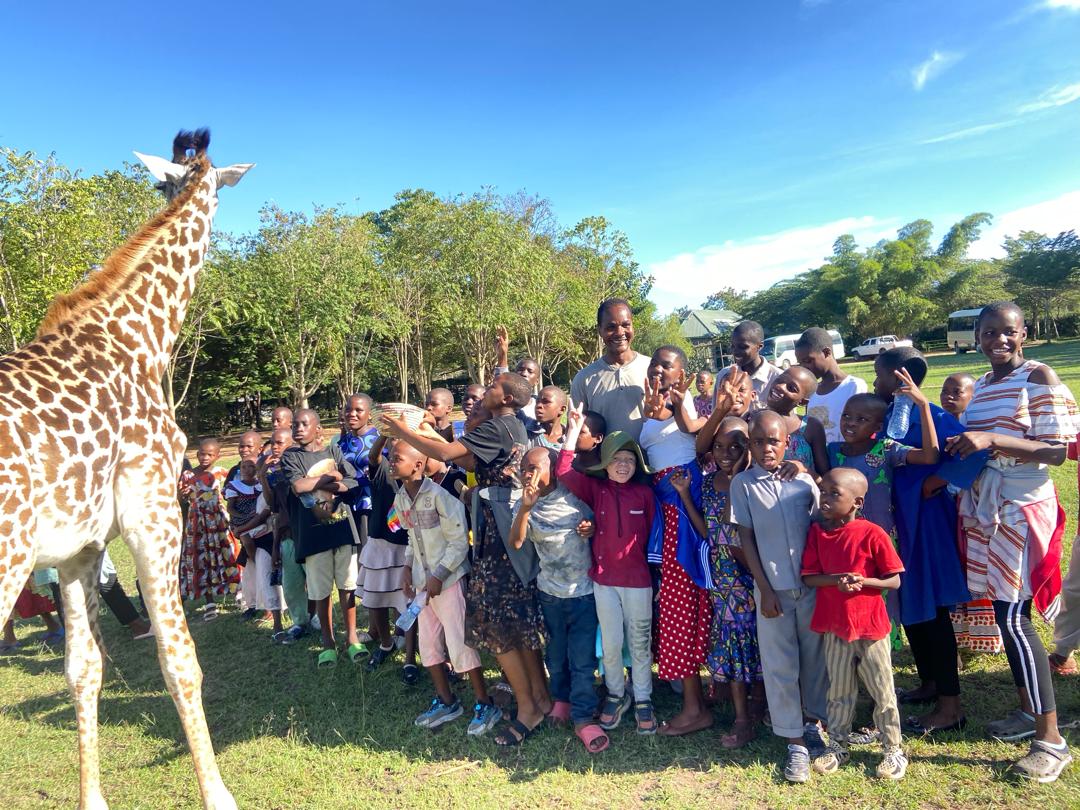
About us
FONELISCO was established in 1997 by the social worker Joseph Mabinga Elias in order to provide a safe haven for the most vulnerable members of Tanzanian society. Joseph started the organization after talking to the street-children about their needs and financed the establishment through selling self-made postcards and necklaces.
In the first years since the founding of the organisation, Joseph worked on the streets himself, striving to reintegrate street-children with their families whenever possible. Apart from this, he provided them with some money for food, clothes and school uniforms as well as counselling and encouragement. In 2002 the organisation managed to rent a house in Mwanza city with the money Joseph made from selling jewellery and postcards; 16 children moved in right away and more followed. The organisation was legally registered as a non-governmental organisation in 2003.
Since 2002, FONELISCO has had help from many international volunteers and hosted lots of international visitors who have taken interest in the situation for the street-children and orphans. In addition to this, more than several different local volunteers have provided their assistance at different times.
The organisation, which started with the idealistic work of only one person, has grown to employ 6 local, unpaid volunteers, who cook food for the children, work as teachers and do administrative work. International volunteers are almost always present as well.
In 2006 FONELISCO had to move to another house. We found a nice place in Illemela, which was big enough and had the resources we needed. Unfortunatly the monthly rent is very high, this challenges Fonelisco a lot.
In the same year a big land on the Victoria lake 30 minutes away from mwanza was bought by Joseph Elias with the help of a donation from Fonelisco friends from Washington, USA (Georgina and her family) for his Fonelisco activities.
FONELISCO Partners
Supporters of FONELISCO
FONELISCO e.V
Thanks for your engagement! Without you FONELISCO would not be existing!

Daily Life
We have a dedicated team of caregivers who look after our children. Most of our staff have a certificate, diploma and degree in childcare. On top we have 4 social workers as well as two cooks who look after the well-being of our kids.
What does daily life at the Children’s Home look like?
Every morning the children wake up between 5 and 6 am, , prepare for school,
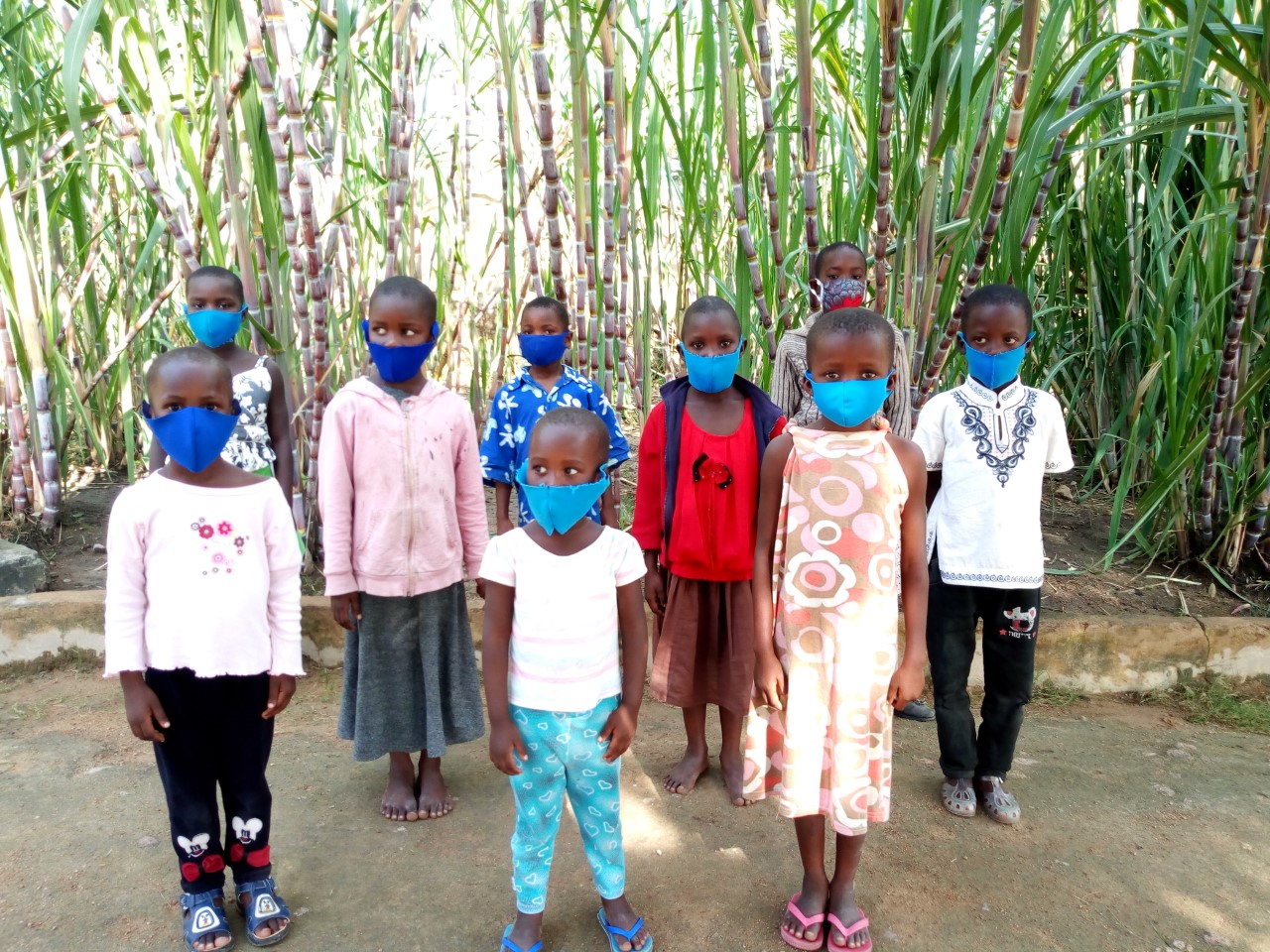
Child protection policy
Child protection policy for the FONELISCO Children’s Home Tanzania. The FONELISCO Children’s Home exists to care for the most vulnerable members of Tanzanian society especially orphaned and street children and as such endeavors to provide a safe environment for the children in its care. The following guidelines are therefore necessary in order to protect the children from being at risk of abuse..
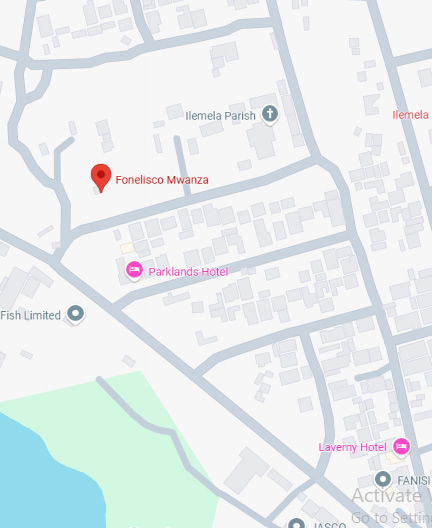
Contact us
Joseph Elias
Director
Foundation of New Life for Street Children and Orphans
P.O.Box 895 Mwanza,
Tanzania.


